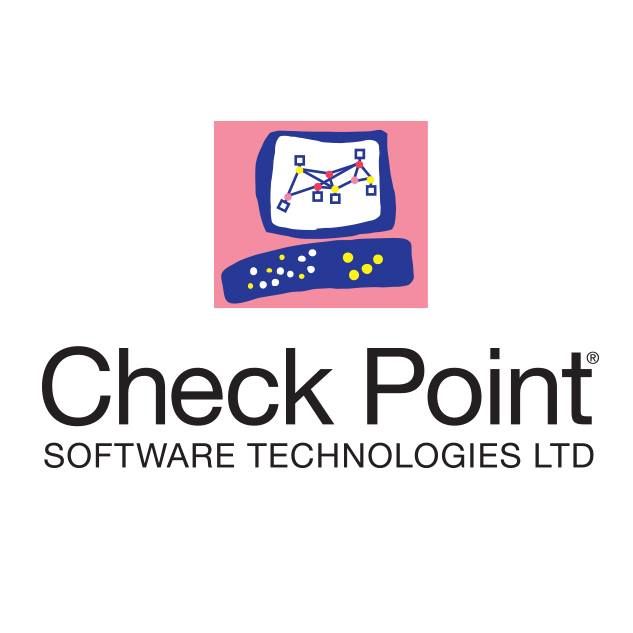192 reads
How AWS Misconception Resulted in Detection of 5 Million Personal Records
by
January 12th, 2022
Audio Presented by

Welcome to the Future of Cyber Security. Providing solutions across all vectors to prevent 5th generation cyber attacks.
About Author
Welcome to the Future of Cyber Security. Providing solutions across all vectors to prevent 5th generation cyber attacks.